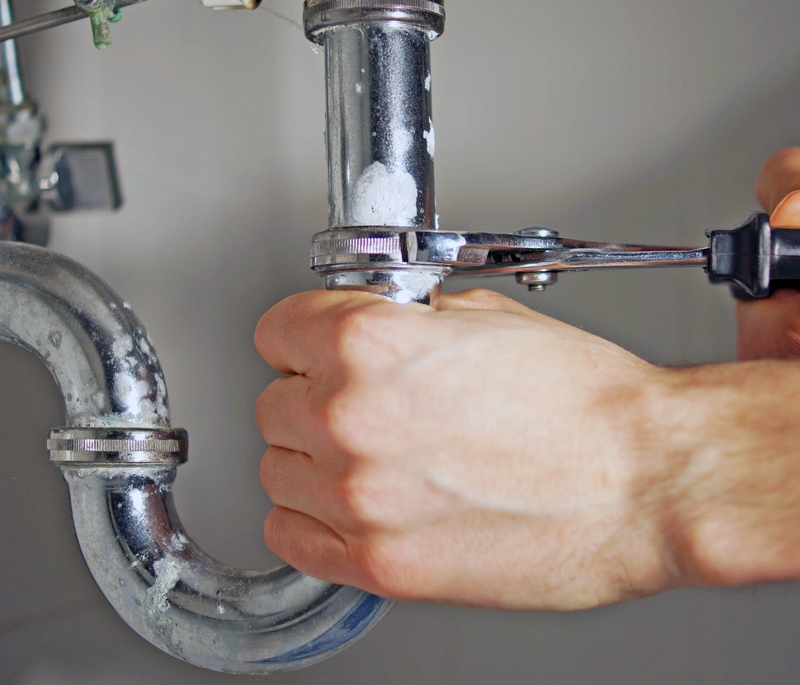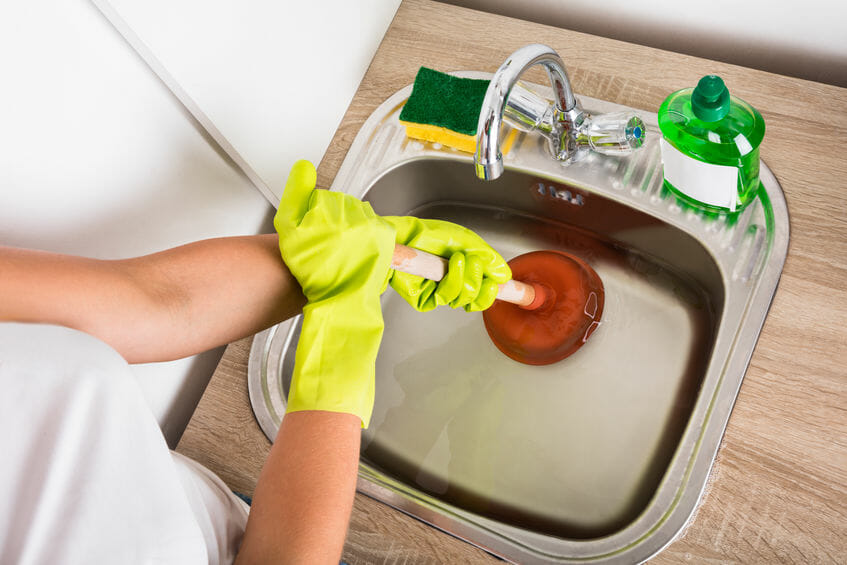5 Essential Hacks for Winterizing Your Pipes Against Frigid Temperatures
5 Essential Hacks for Winterizing Your Pipes Against Frigid Temperatures
Blog Article
How do you really feel with regards to How to Prevent Frozen Pipes?

All house owners who live in temperate climates need to do their ideal to winterize their pipelines. Failing to do so can spell disaster like frozen, split, or burst pipelines.
Try a Hair Clothes Dryer or Warm Gun
When your pipelines are practically freezing, your reliable hair clothes dryer or warmth weapon is a blessing. If the hot towels do not aid displace any type of resolving ice in your pipes, bowling warm air directly right into them may aid. You might end up destructive your pipes while attempting to melt the ice.
Open Closet Doors Hiding Plumbing
When it's cold outside, it would be useful to open up closet doors that are camouflaging your pipelines. They might be somewhere in your kitchen area or bathroom. This will certainly enable the warm air from your heater to distribute there. Consequently, you stop these revealed pipes from cold. Doing this little technique can maintain your pipelines cozy and restrict the possibly harmful results of freezing temperature levels.
Require Time to Wrap Exposed Water Lines
One easy and cool hack to warm up icy pipelines is to cover them with cozy towels. You can likewise utilize pre-soaked towels in hot water, just don't fail to remember to use safety gloves to secure your hands from the heat.
Activate the Faucets
When the temperature level decreases and it appears as if the freezing temperature will last, it will certainly help to transform on your water both inside your home and also outdoors. This will certainly maintain the water streaming via your plumbing systems. You'll end up throwing away gallons of water this method.
Turn off Water When Pipelines are Frozen
Turn off the primary water valve instantly if you observe that your pipes are completely frozen or nearly nearing that phase. You will generally locate this in your cellar or laundry room near the heater or the front wall surface closest to the street. Turn it off right away to avoid more damages.
Do not neglect to shut external water sources, as well, such as your hookup for the garden residence. Doing this will avoid additional water from filling up your plumbing system. With even more water, even more ice will certainly load up, which will at some point lead to burst pipelines. If you are unsure concerning the state of your pipes this winter season, it is best to call a specialist plumber for an assessment. Taking this aggressive approach can save you thousands of bucks out of commission.
All property owners who live in temperate environments should do their finest to winterize their pipes. Failing to do so can spell catastrophe like icy, broken, or burst pipes. If the hot towels do not aid displace any resolving ice in your pipelines, bowling hot air straight into them might help. Turn off the primary water valve instantly if you discover that your pipes are totally icy or practically nearing that phase. With even more water, more ice will load up, which will eventually lead to burst pipes.
PREVENT YOUR PIPES FROM FREEZING THIS WINTER
A Leading Cause of Property Damage
When the weather is taking a deep nose dive into the cold dreary days, the risk of your pipes freezing and potentially bursting skyrockets. Unfortunately, during these cold dreary months, burst pipes are the most common denominator for property damage. The pipes that are most at the risk are those that are in areas where it is most cold in your home. For instance, pipes located in interior places such as basements, attics, and your garage. Unfortunately, that doesn’t mean that the pipes running through your cabinets or exterior walls can’t freeze. Good news, however, is that you can do things to help prevent pipes from freezing.
How to Prevent Pipes From Freezing
Once the temperature starts to drop during the winter, you should be taking the proper measures needed to ensure that your pipes stay warm and that there is circulation of water through them. Some steps that experts may recommend could go against your better judgement when it comes to saving water and heat. However, it would go without saying that when expenses are compared, damaged pipes could put a bigger dent in your wallet than a water bill.
What Can I Do?
Keep your garage door closed. This is very important, especially if you have water supply lines running through your garage. Open your kitchen and bathroom cabinets to allow warm air to circulate through them. Allow air circulation throughout your home. Keeping the interior doors open will once again allow the warm air to circulate inside your home. Ensure your thermostat is running the same temperature throughout the night and day. If you plan to be away from home during the cold months, set your temperature no lower than 55° F. This should provide enough heat to keep the pipes warm and prevent any remaining water inside the pipes from freezing. For more of a long-term solution, add insulation to attics, basement, and other crawl spaces around your home. By allowing your faucet to drip, it will alleviate pressure in the system. This is important because the pressure that is created between the blockage and the faucet can potentially cause the pipes to burst. Allowing the faucet to drip will prevent the pressure from building up, therefore keeping the pipes from bursting. Seal any cracks, openings, and crawl spaces around your home to prevent cold air from coming inside. This keeps your pipes-not to mention your home-warmer and less susceptible to issues caused by freezing temperatures. For the pipes in your home that are easily accessible, applying electrical tape to them might prevent them from freezing over. This is a quick fix, as you can apply the tape directly to the pipe. There are two options for heating tapes. One turns on and off by itself when it senses heat is needed. The other type of heating tape needs to be applied when heat is needed and removed when not necessary. If you have exposed pipes in your home, you can check this website to take a look at a few options that would be available at a shop near you.

I came across that post on Winterizing Your Pipes when doing a lookup on the internet. Sharing is good. You never know, you will be helping someone out. I love reading our article about Prevent Freezing and Bursting Pipes.
View More Report this page